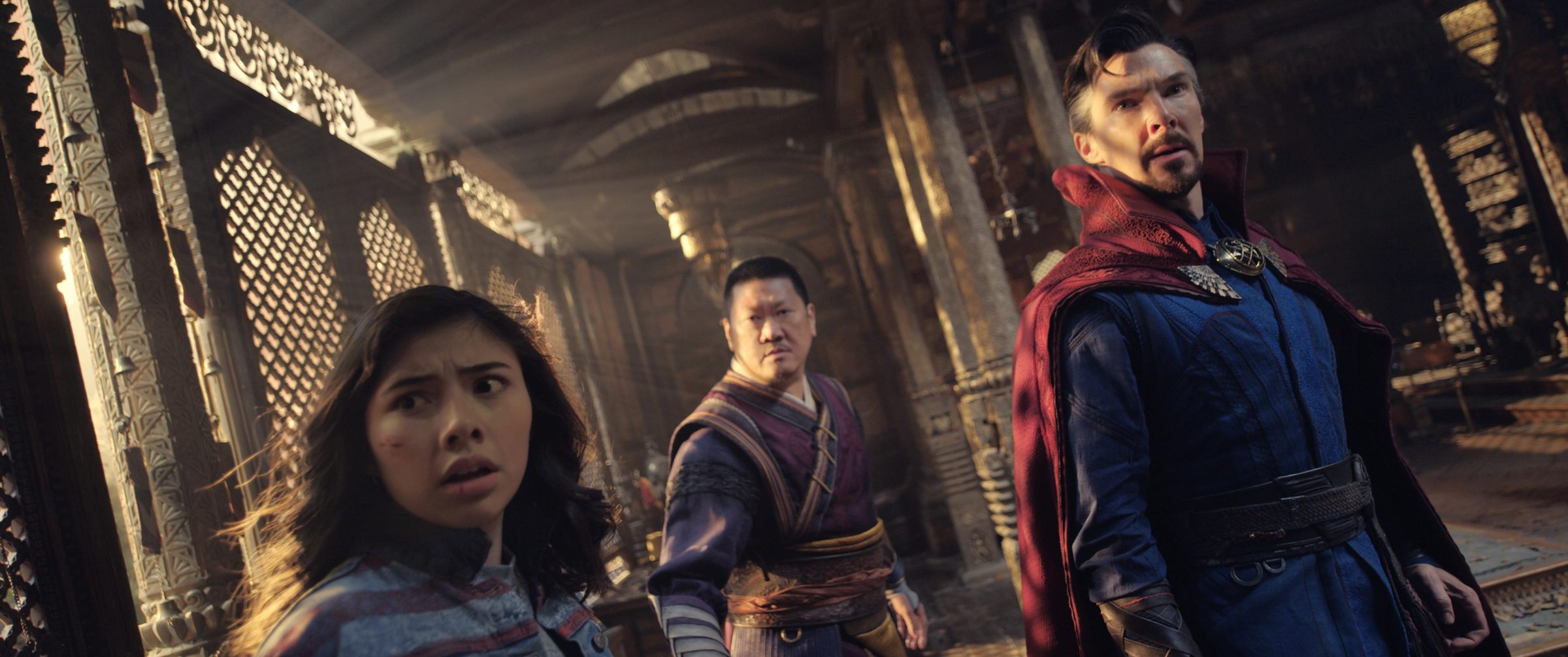It wasn’t obvious at the time, but in 1980, one of the most significant movies in the history of American cinema was filmed in the woods around Morristown, Tennessee. The Evil Dead was the brain child of Sam Raimi and Bruce Campbell, who scrounged together just enough money to pay a 13-person crew to live in a broke-down cabin for a few miserable months. Raimi, who was 20 years old at the time, combined the supernatural horror of The Exorcist and the slasher gore of Halloween with the slapstick comedy of The Three Stooges. In the editing room, Raimi met Joel Coen, who, inspired by the fledgeling director’s can-do spirit, convinced his brother Ethan to make their own low-budget indie film, Blood Simple. After a rapturous review by Stephen King, The Evil Dead became a wildly profitable cult classic.
In 1990, the year after Tim Burton’s Batman, Raimi directed Darkman, an original superhero film starring a young Liam Neeson. When the now-disgraced director Bryan Singer’s X-Men films took off in the late 90s, Raimi’s innovative vision earned him the director’s chair for Spider-Man. When the Marvel Cinematic Universe launched with Iron Man in 2008, it resembled Raimi’s light-dark, comedy-drama tone more than Christopher Nolan’s gritty, sour Batman Begins.
Raimi felt burned by the mixed reaction to Spider-Man 3 and stopped making superhero movies until Disney loaded up the money truck to lure him into helming Doctor Strange in the Multiverse of Madness. It’s the best investment the House of Mouse has made in a long time.

Benedict Cumberbatch returns as Dr. Stephen Strange, the former surgeon turned sorcerer who was the brains behind the world-saving operation when the Avengers took on Thanos. The film opens with Strange and America Chavez (Xochitl Gomez) soaring through an aerobatic sequence recalling the beginning of Revenge of the Sith. But when the sorcerer falls to a space demon, we learn that this is not THE Doctor Strange, but merely A Doctor Strange from a different corner of the multiverse. America is a wild magic talent who can travel between realities, and someone is sending giant tentacle monsters after her.
That someone turns out to be Wanda Maximoff (Elizabeth Olsen), the Avenger who has completed her heel turn into the Scarlett Witch after creating her own sitcom pocket universe in WandaVision. She is seeking a universe where the two sons she never had in this world actually exist, and that means stealing America’s power. Strange realizes she has been corrupted by the Darkhold, a tome of forbidden chaos magic, and seeks the mythical Book of Vishanti, which contains spells to counter Wanda’s newfound might.

Marvel comics appropriated the concept of the multiverse from quantum physics to explain the contradictions between different writers’ versons of their heroes histories, and now, with Everthing Everywhere All At Once and Rick and Morty, the concept has invaded mainstreams pop culture. With writer Michael Waldron (who won an Emmy for the Rick and Morty episode “The Vat of Acid”), Raimi milks the multiverse for all kinds of fun romps over its spry, two-hour running time. His restless camera swoops and dives, pushes in for comic effect, and pulls back to shoot fights like MGM dance sequences—especially in a music-themed magic duel which brings super-genius Danny Elfman’s score to the fore.
Cumberbatch is loose, playful, and supremely confident as Marvel’s resident magical curmudgeon. Olsen adds dark nuance to her sympathetic WandaVision interpretation of Scarlet Witch, creating the best super hero-villain pairing since Black Panther and Killmonger. The multiverse story creates opportunities to introduce all kinds of new characters and variations on old ones, and then kill them off without consequence. In one parallel Earth, we meet a version of Agent Peggy Carter (Hayley Atwell) who took the supersoldier serum instead of Steve Rogers, and put the Union Jack on her shield. (Why does Captain Carter get a jetpack when Captain American doesn’t?) There’s also an emotional appearance by the great Patrick Stewart as an alternate Charles Xavier, who matches minds with Wanda. And of course, the legendary Bruce Campbell has a brilliant comedic cameo.
After a series of Marvel movies that range from the bloated Infinity War saga to the ho-hum Eternals, this is an exciting, visually inventive adventure actually worth the money to see on the big screen. Sam Raimi doesn’t need $200 million to make a great film, but when he has it, he shows everyone how it’s done.
